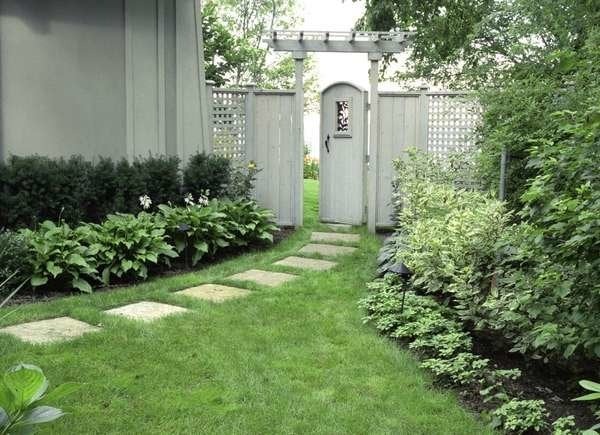

We may earn revenue from the products available on this page and participate in affiliate programs. Learn More ›
There are lots of ways you can dress up your landscape, and the details make all the difference. Your choice of garden edging for lawn and garden borders is one detail that can help unify the whole while adding a touch of your personal style. You aren’t limited to plastic, metal, and stone for your edging and pathway projects. Why not consider a “living” edge, using plants to define the borders?
Plants create a natural appearance. They are dynamic, adding motion, attracting wildlife like birds and butterflies, and contributing to year-round color or bloom progression along garden paths and as flower bed edging. Plant borders also complement and soften the edges of hardscape elements like pavers, arbors, garden art, edging stones, and other outdoor structures.
A great border plant must be of a scale to fit within the overall landscape plan. It should stay in place without constant pruning. It must be suitable for the location and should not have acute pest or disease problems. The texture and color should complement the garden space.
Check out these 20 plants to use as lawn and garden borders.
1. Monkey Grass (Liriope muscari)
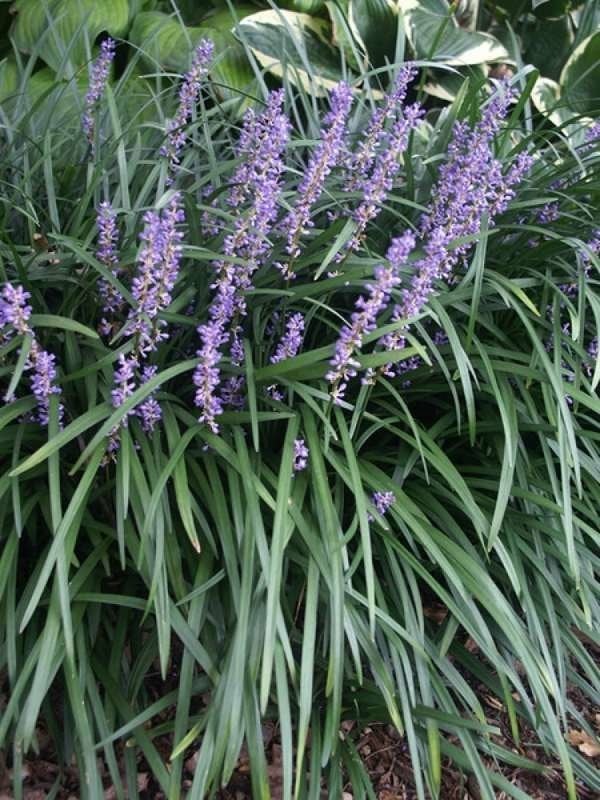
Monkey grass is a grass-like border perennial that grows 12 inches tall and wide, in part sun to shade. It has been a favorite border plant for generations because of its attractive, deep evergreen foliage, and purple muscari-like flower spikes in summer. Best of all, it is a low-maintenance clumping plant that stays where you plant it. USDA zones 5 to 10.
RELATED: 15 Affordable Landscaping Projects You Can DIY in a Day
2. Autumn Fern (Dryopteris erythrosora)
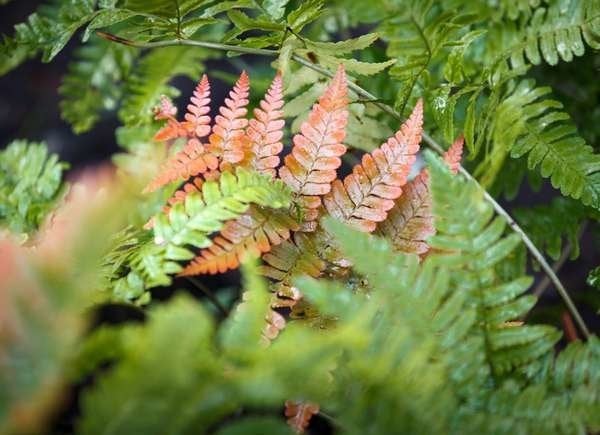
Plant this semi-evergreen fern along woodland pathways or in dappled clearings, where it grows 18 to 24 inches tall and wide. Autumn fern gets its name from the copper-colored young fronds as they unfurl and later mature to deep green. The foliage persists well into winter. USDA zones 5 to 9.
3. Hosta (Hosta spp.)
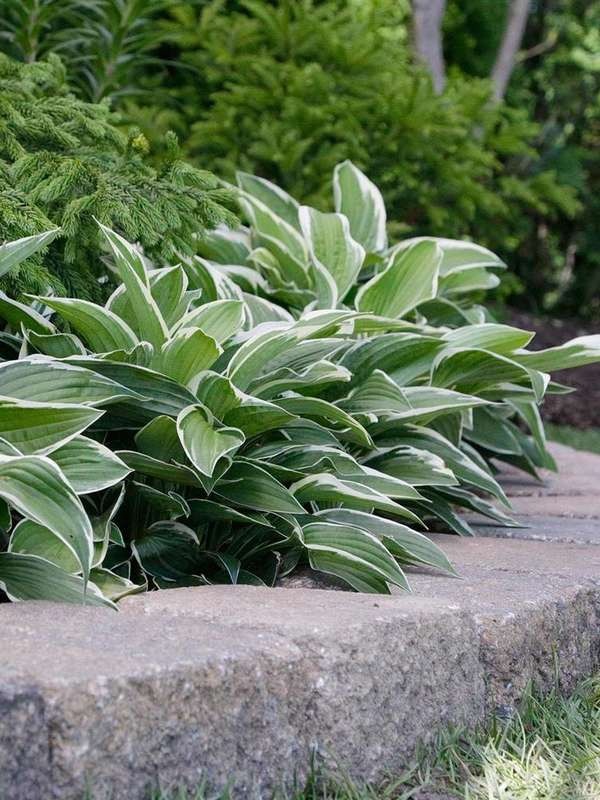
Hostas are a wonderful addition to any partial sun or full shade garden, where they excel as border plants. With a huge diversity of leaf patterns and sizes from which to choose, you are sure to find a hosta that’s a perfect fit for your garden. Some stay well under 10 inches tall, while others grow to more than 2 feet. As a bonus, their white, blue, or purple flowers attract butterflies and hummingbirds in mid-summer of USDA zones 3 to 9.
RELATED: How to Split Hostas
4. Coral Bells (Heuchera spp.)

These hardy, colorful, semi-evergreen foliage plants will brighten your shade or part sun landscape with mounding masses of purple, green, chartreuse, pink, or orange leaves. Coral bells grow 8 to 12 inches tall and 12 to 14 inches wide. Their bloom spikes can reach 18 inches, but the tiny flowers are very much an afterthought for most gardeners—although they attract a variety of pollinators. USDA zones 4 to 8.
5. Mop Head Hydrangea (Hydrangea macrophylla)
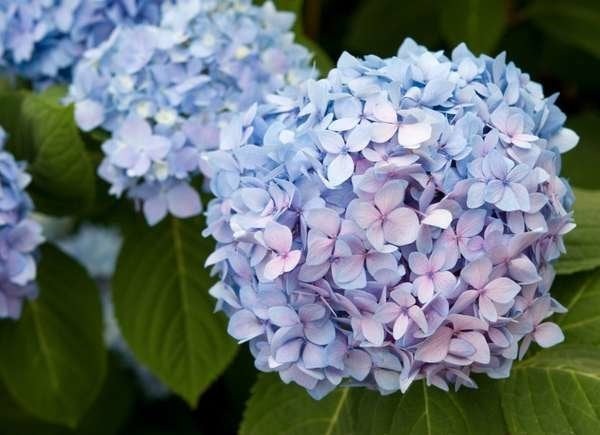
The large pink, blue, purple or white globes of hydrangea flowers show up well in their preferred dappled sunlight garden locations. Use these medium-sized deciduous shrubs to separate garden rooms or corridors with masses of deep green foliage and beautiful blooms. The size and mounding growth habit of hydrangeas make them suitable to either stand alone, or combine with a secondary perennial layer like autumn fern or hosta. USDA zones 5 to 11.
6. Dwarf Fountain Grass (Pennisetum alopecuroides ‘Hameln’)
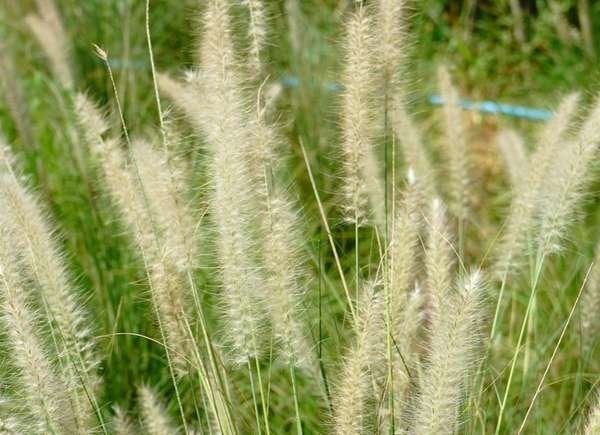
Ornamental grasses are perfect plants for sunny borders. Dwarf fountain grass is a clumping, warm-season grass that grows 2 to 3 feet tall and 3 feet wide. It has fine green foliage that sways in the gentlest breeze and produces pink “foxtail” blooms in late summer and early fall. USDA zones 5 to 9.
7. Daylily (Hemerocallis spp.)

Daylilies will brighten your sunny border with early summer flowers on clump-forming plants. You’ll have scores of colors and sizes from which to choose. Dwarf daylilies grow only 12 inches tall, while some standard cultivars might reach nearly 4 feet. Bloom colors include red, pink, yellow, orange, or purple. USDA zones 4 to 9.
8. Dwarf Abelia (Abelia x grandiflora)

A low, mounding, semi-evergreen or evergreen shrub with gracefully arching branches, dwarf abelia has what it takes to define a sunny shrub border without stealing the show. Consider one of several cultivars for a plant border, including green leaf, yellow variegated, and white variegated varieties. Their white blooms in middle to late summer are a welcome source of nectar for pollinators. USDA zones 6 to 9.
RELATED: 9 of the Best Shrubs for Any Garden
9. Winter Gem Boxwood (Buxus microphylla var. japonica ‘Winter Gem’)
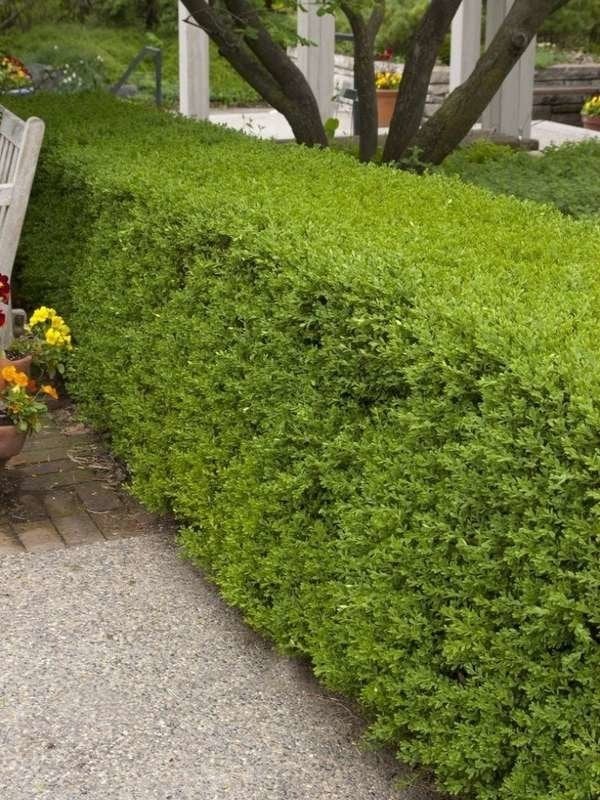
The glossy, deep green foliage of Winter Gem boxwood neatly complements a manicured lawn. It grows naturally to 4 to 6 feet tall and wide, but with seasonal pruning, you can easily keep it at 2 to 3 feet. This and other compact boxwoods make a fantastic border plant for formal gardens.
10. Lavender (Lavandula spp.)
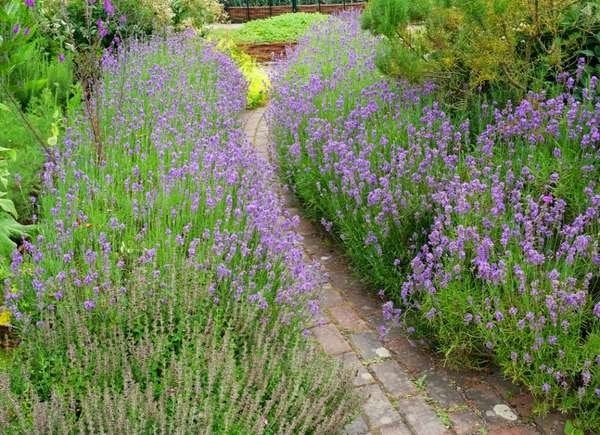
Line your sunny garden path or walkway border with French, Spanish, English, or hybrid lavender for a real treat. The silvery-green foliage releases its intense fragrance whenever you brush against it, and blue or purple flowers color the landscape each spring. Lavender plants grow 18 to 36 inches high, with a spreading growth habit. USDA zones 5 to 11. Available from High Country Gardens; $10.79.
RELATED: How to Grow Lavender Indoors
11. Stonecrop (Sedum spp.)
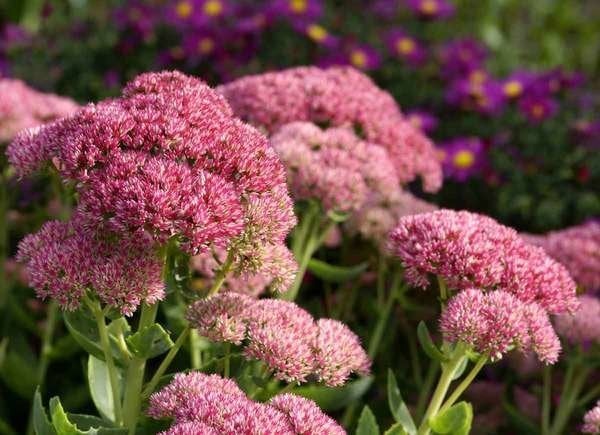
Growing between 6 and 20 inches tall, depending on the variety, this tough-as-nails border plant can withstand almost anything, including humans, deer, drought, and every type of moisture except for standing water. Gardeners can enjoy sedum‘s vibrant summer flowers or keep it mowed short and green. USDA zones 4 to 9.
12. Scotch Moss (Sagina subulata ‘Aurea’)
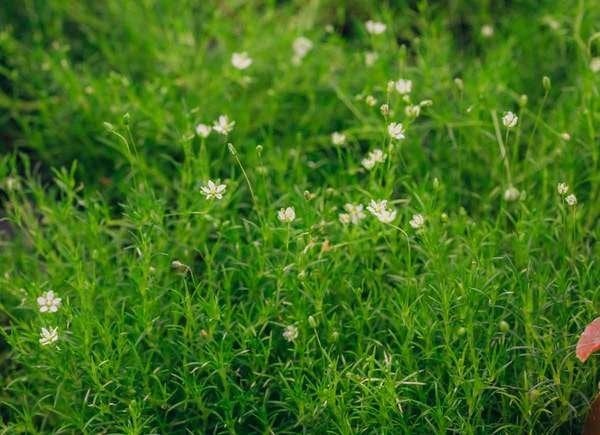
Planting a short ground cover before taller border plants adds to color and interest. Never growing more than an inch tall, Scotch moss isn’t really moss at all. It thrives in warm, moist conditions, especially when given afternoon shade and not too much rain. If your house faces east in a temperate zone, consider using it as a ground cover to fill in between stepping stones. USDA zones 3 to 9.
RELATED: The Best Low-Maintenance Ground Cover Plants for Your Property
13. Irish Moss (Chondrus crispus)
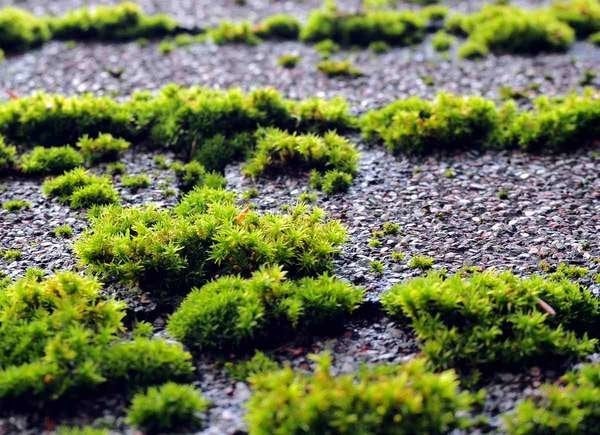
This so-called “moss” from across the pond is another great choice for a low border plant that can fill in a stepping-stone pathway. Irish moss creates a particularly artsy effect when setting pavers close together, allowing only small streaks of stone to peek through the green. USDA zones 5 to 9.
14. Creeping Thyme (Coccineus ‘Creeping Thyme’)
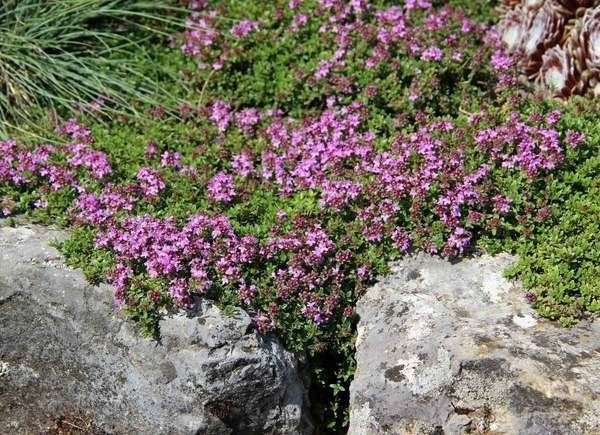
Also called wild, elfin, or Breckland thyme, the ornamental herb creeping thyme has light purple flowers that come to life in late spring or early summer. Creeping thyme is a pretty border plant for steps and terraces. Don’t worry if the plant gets a little trampled; when crushed, the blooms give off a fresh, sweet fragrance that lingers as you pass by. USDA zones 4 to 9.
15. Roman Chamomile (Chamaemelum nobile)
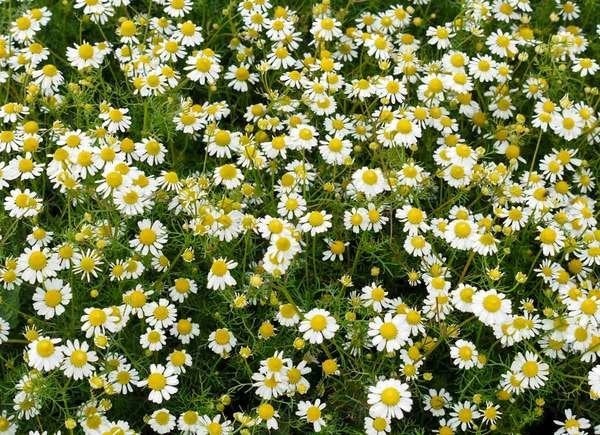
Reminiscent of Italian meadows, Roman chamomile is a charming addition to any border. One of the oldest known medicinal herbs, it thrives in cool, dry environments and requires little maintenance. The white and yellow flowers of German chamomile (Matricaria recutita) are similar. USDA zones 4 to 9.
RELATED: 25 Easy-Care Plants That Survive With or Without You
16. Garden Violet (Violet sororia)
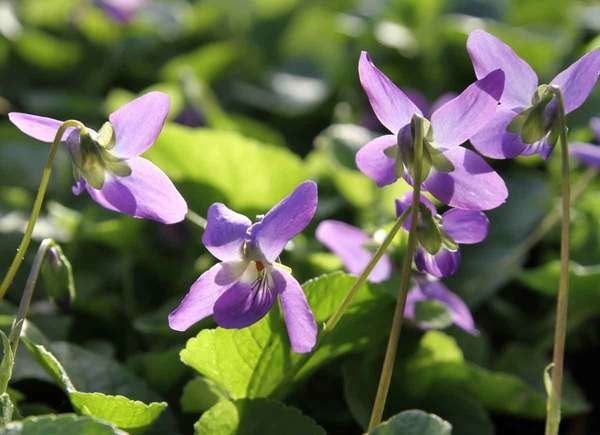
Sporting beautiful purple blooms in the spring, this popular plant creates a deep green cover throughout the year and offers quiet drama as a low border plant. As a bonus, it also attracts butterflies. USDA zones 5 to 9.
17. Speedwell (Veronica hybrids)
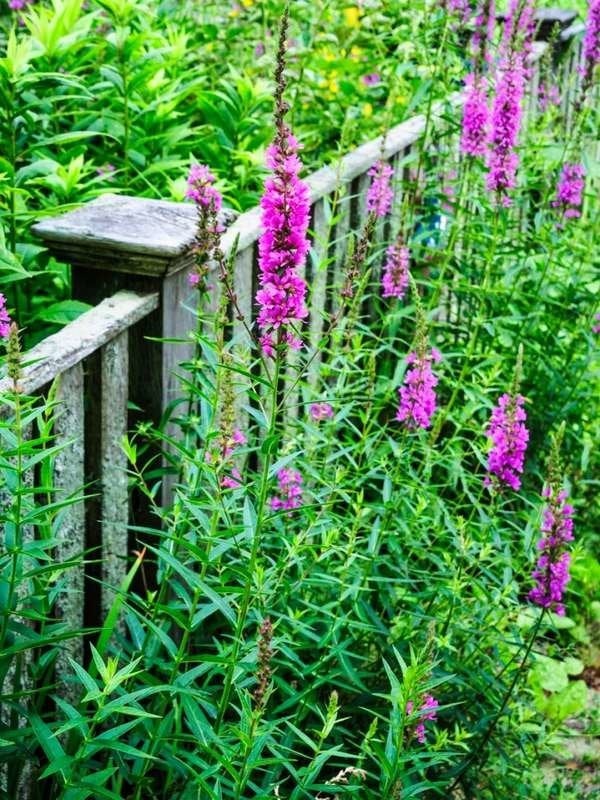
Veronica, also known as speedwell, is a low clumping perennial perfect for sunny borders. Flowers appear as spikes above the foliage, and come in rich blues, purples, pinks, and even white. Ground cover varieties grow to about 6 inches high, and mounding varieties to about a foot tall. USDA zones 4 to 8.
RELATED: Edge Your Beds: 13 Easy Ideas for Landscape Borders
18. Blue Star Creeper (Isotoma fluviatilis)
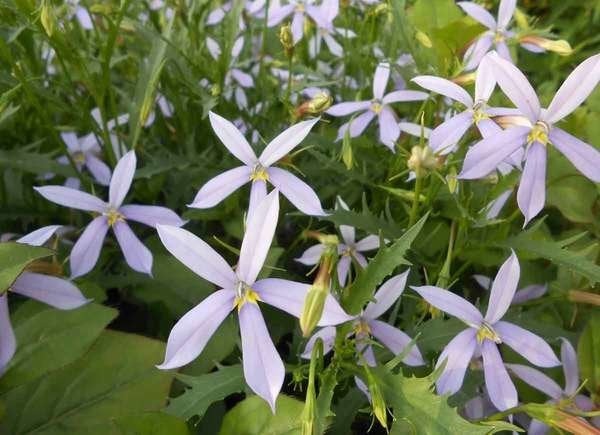
Blue star creeper has festive, star-shaped blooms that emerge every spring. The low-cover, moisture-loving perennial is ideal for lining a pathway or filling in the spaces between pavers. USDA zones 6 to 9.
19. Creeping Mazus (Mazus reptans)
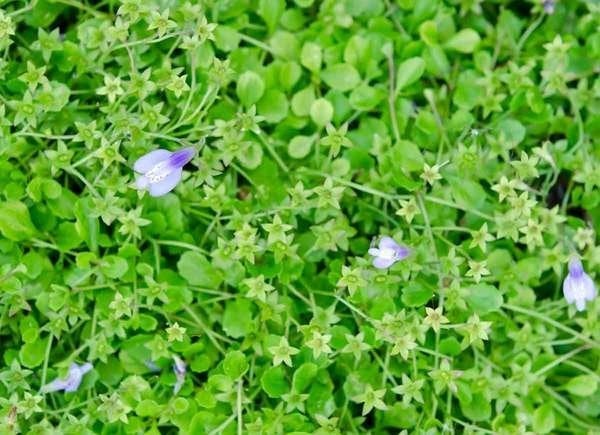
This fast-creeping plant provides thick, carpet-like coverage, and it blooms with lavender-colored flowers dotted with bright yellow centers in spring or early summer. Native to the Himalayas, creeping mazus prefers full or partial sunlight and well-draining soil. USDA zones 5 to 8.
20. Happy Face Cinquefoil (Potentilla fruticosa ‘Lundy’)

For added drama along a paved pathway, plant these easy-to-maintain warm yellow flowers. Happy Face Cinquefoil adds visual interest in the spring and summer and is salt tolerant. Deer ignore these pretty border plants. USDA zones 2 to 7.
